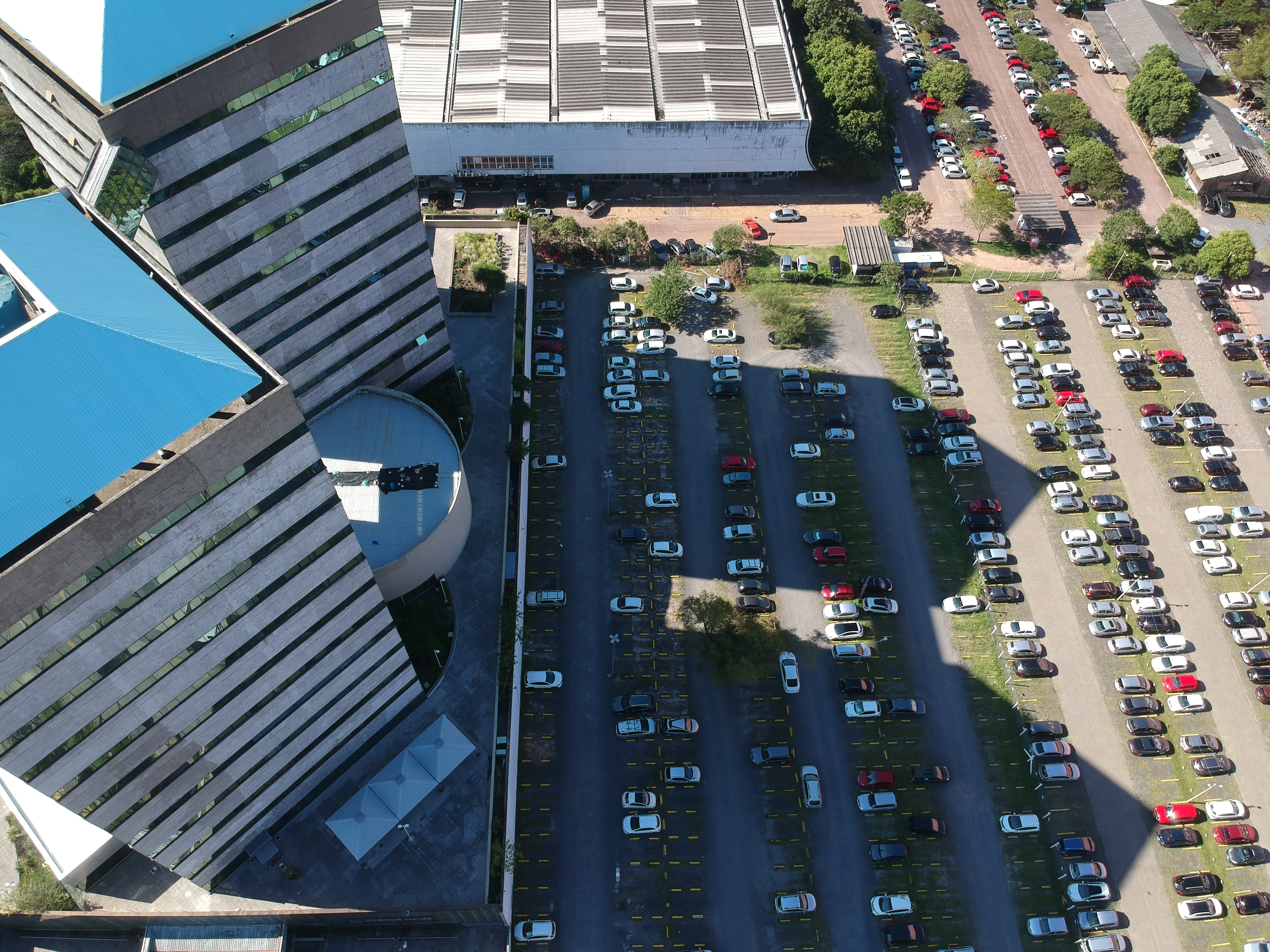Better management of roadside ditches could help improve water quality in the Chesapeake region, according to a workshop report from the Scientific and Technical Advisory Committee, which provides guidance to the Chesapeake Bay Program (CBP) on measures to restore and protect the Chesapeake Bay.
The workshop, “Re-plumbing the Chesapeake Watershed: Improving roadside ditch management to meet TMDL goals,” was organized to discuss impacts from roadside ditches and associated opportunities to meet CBP goals. The audience of 71 water resource professionals, highway practitioners, scientists, and policymakers unanimously agreed that roadside ditch management represents a critical but overlooked opportunity to help meet total maximum daily load (TMDL) and habitat goals.
With the potential for thousands of miles of roadside ditches in the Bay region to have a significant impact on the health of local waters, workshop experts identified in the report on the workshop recommendations for improving roadside ditch management across the Chesapeake Bay. These recommendations included the creation of a comprehensive roadside ditch management program, increased awareness through education and outreach efforts, and the targeted use of best management practices.




